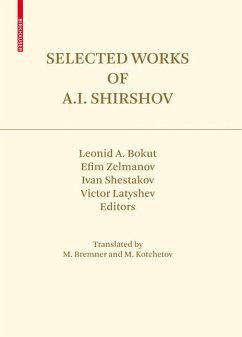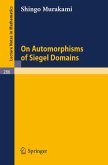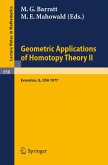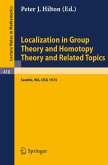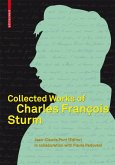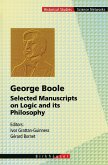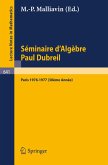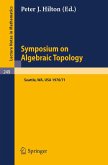This book presents translations of selected works of the famous Russian mathematician A.I. Shirshov (1921-1981). He was a pioneer in several directions of associative, Lie, Jordan, and alternative algebras, as well as groups and projective planes. His name is associated with notions and results on Gröbner-Shirshov bases, the Composition-Diamond Lemma, the Shirshov-Witt Theorem, the Lazard-Shirshov elimination process, Shirshov's Height Theorem, Lyndon-Shirshov words, Hall-Shirshov bases, Shirshov's theorem on the Kurosh problem for alternative and Jordan algebras, and Shirshov's theorem on the speciality of Jordan algebras with two generators. Shirshov's ideas were used by his student Efim Zelmanov for the solution of the Restricted Burnside Problem. Several famous algebraists provide in this book detailed comments on the impact of Shirshov's work on current algebra.
Dieser Download kann aus rechtlichen Gründen nur mit Rechnungsadresse in A, B, BG, CY, CZ, D, DK, EW, E, FIN, F, GR, HR, H, IRL, I, LT, L, LR, M, NL, PL, P, R, S, SLO, SK ausgeliefert werden.

